This week's community news includes Leap Day, transit open house, flood volunteers
Learn about Leap Day at DHDC
The Don Harrington Discovery Center is offering a day of programming, including activities, science demonstrations, storytimes, and interactions with their leaping animals in observation of Leap Day this year.
Since the Earth takes about 365.25 days to orbit the sun, adding an additional day to February every four years keeps us in sync with the seasons. The years an extra day is added are known as Leap Years and happen on February 29, observed as Leap Day.
This program will go on throughout the day for guests to enjoy. Reservations are not required; the program is included in regular admission or DHDC membership. Follow DHDC on Facebook and Instagram for more information on their community programs. Information can be found on their website as well.
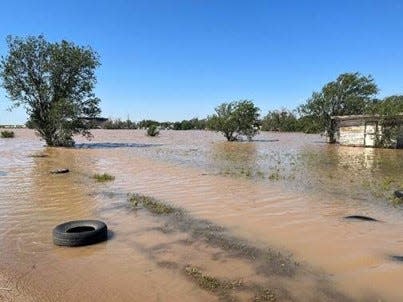
First United Methodist Church Georgetown seeks more volunteers for flood cleanup efforts, next visit in March
"Imagine waking up at 3 a.m. to find water up to your knees. Imagine feeling around in the water for the simplest things – like shoes - to help you escape. Imagine rushing to drive your car to the back door of your house so you can evacuate your elderly mother," a news release states. "Almost 54 percent of homes in the San Jose Community, just outside Hereford, Texas, were damaged by flood waters up to six feet high last year when about ten inches of rain – almost a full year’s worth – fell in a matter of hours."
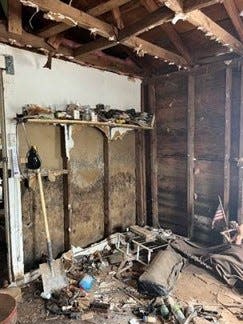
Volunteers from First United Methodist Church, Georgetown began helping the San Jose Community in July, and they have been joined by additional volunteers from other faiths and cities across Texas. More volunteers are needed for a mission in March, as well as more mission trips moving forward.
On this most recent mission trip, 13 volunteers included members from FUMC Georgetown, Texas; St. Margaret Mary Catholic Church in Cedar Park, Texas; Joshua Methodist Church, Joshua, Texas; and Saint Paul United Methodist Church, Pampa, Texas.
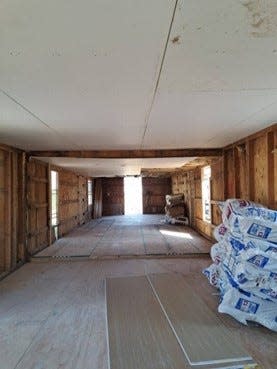
“During the January mission, this team helped families in four houses, installing insulation, subfloors, and ceilings, tarping part of trailer roof, and in some cases removing water-damaged walls, and working with a licensed electrical contractor to replace faulty wiring that posed dangers for the families,” said Tina Schramme, Associate Pastor, First United Methodist Church Georgetown. “Since July, volunteers have given over 1,100 hours helping families in eleven houses. Materials have been provided by an initial grant to the Northwest Texas Conference of the United Methodist Church from the United Methodist Committee on Relief (UMCOR) and by private donations.”
Flood waters stood for almost a month as state and county officials worked to pump the water to a creek. Many homeowners were not insured because this is a low-income, unincorporated area in a disadvantaged county in West Texas, southwest of Amarillo. Some homeowners repaired their own damage, removing wall materials and insulation, and in some cases flooring damaged by the rising water. Some family members worked side-by-side with the volunteers to make the repairs.
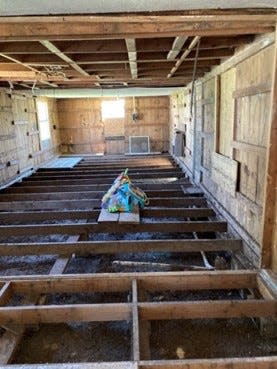
Deaf Smith County and Long-term Recovery Coordinator Cindi Simon assessed the damage by visiting with each homeowner, directing them to available resources and providing some funding from private donations. The Texas Division of Emergency Management coordinated state response and recovery efforts in collaboration with local partners, private sector entities, and non-governmental organizations.
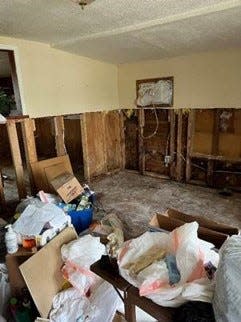
The next scheduled mission trip will occur during the March 21-26 time frame. Volunteers will only need to clear a background check and complete MinistrySafe online training, and they should expect to provide their own tools and equipment. Volunteers should contact one of the following: Cindi Simons, Long-term Recovery Coordinator, Deaf Smith County at 806-206-5256 or FUMC Georgetown, disasterRelief@fumcgt.org or 512-863-2370.
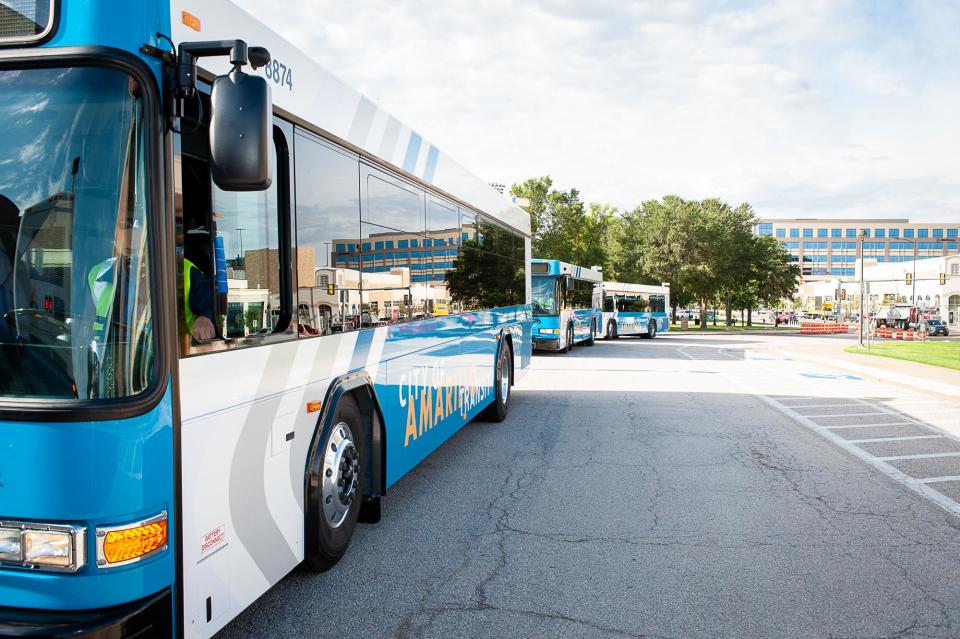
ACT Multimodal Transfer Station schedules grand opening events
A new era in public transportation for the City of Amarillo begins next week as Amarillo City Transit (ACT) holds grand opening events for the Multimodal Transfer Station.
The station, located at 509 S. Bowie St., is an $8.6 million project with 96 percent of funding coming from federal grants.
The public is invited to an open house event from 1 p.m.to 5 p.m. each day beginning Wednesday, Feb. 28 through Friday, March 1. The open house will include tours of the new station and information on routes and schedules.
The Multimodal Transfer Station will serve as home operations for ACT and a regional hub for Greyhound.
“This will be a historic week for the City of Amarillo, and it is due to the combined efforts of so many entities, primarily the Federal Transit Administration (FTA),” said ACT Director Chris Quigley. “The FTA was instrumental in making this facility a reality for Amarillo, and we are certainly grateful.
“The new Multimodal Transfer Station will be a beautiful and modern facility that our customers will really enjoy. This facility will significantly improve public transportation throughout the entire community.”
For more information on ACT, go to amarillo.gov/transit
Also for more information contact City of Amarillo Media Relations Manager Dave Henry at 806-378-5219 or by email at david.henry@amarillo.gov.
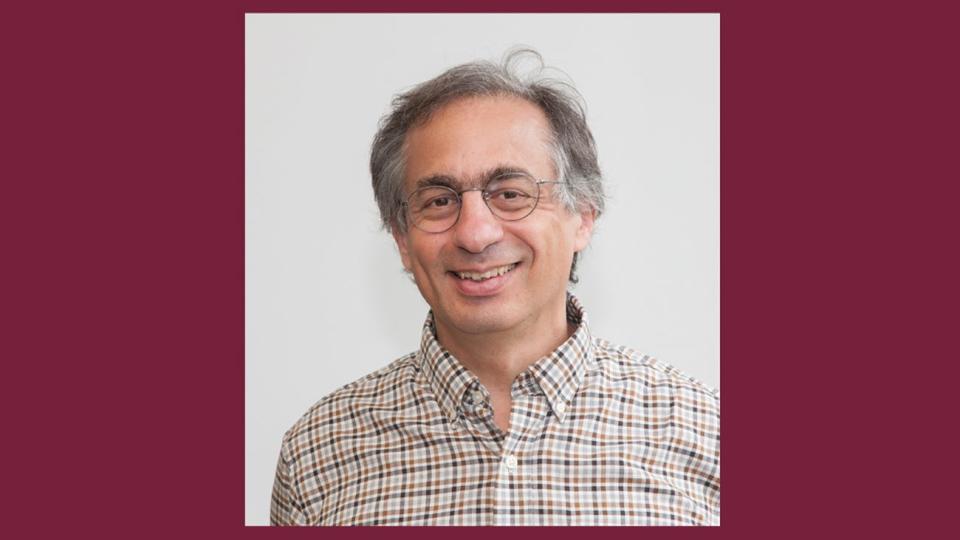
Historian to offer insight into oil and gas heritage in Texas at WT lecture
CANYON — An expert on the broad implications of fossil-fuel extraction and the pivotal role of midsize cities like Amarillo will speak Feb. 29 at West Texas A&M University. Dr. Alan Lessoff, the University Professor of History at Illinois State University, will present “The Texas Petroleumscape and the Urban-Industrial Heritage of Oil and Gas” at 6 p.m. Feb. 29 in the Hazlewod Lecture Hall at Panhandle-Plains Historical Museum, 2503 Fourth Ave. in Canyon. Admission is free.
Lessoff, a top scholar of American urban history and the author of “Where Texas Meets the Sea: Corpus Christi and Its History,” will delve into petroleumscapes, or how the extraction of fossilfuel resources shapes the human landscape and manmade environment.
“Lessoff's work shows us the significance of midsized cities like Corpus Christi and Amarillo and Midland, as well as why it is important to understand the economic and social history of West Texas regions like the Panhandle and Permian Basin,” said Dr. Brian Ingrassia, associate professor of history. “I believe the talk will help audiences understand the role of petroleum extraction in shaping contemporary American life and landscapes.”
Lessoff is a former faculty member at Texas A&M University–Corpus Christi, and his scholarly work deals in part with the impact of the petroleum industry on Texas.
Studies of midsize cities show that residents are connected to larger networks of economic and social activity.
“Sometimes, we can better understand trends in the economy, transportation, politics or such by examining smaller cities, rather than just the big ones,” Ingrassia said. “So, in the case of Lessoff's talk, studying a place like Corpus Christi or Midland or Amarillo may help us understand the impact of petroleum extraction even better than looking at a larger city, such as Houston or Dallas.”
The event is cosponsored by the WT Department of History and the Center for the Study of the American West. For information, call 806-651-2417.
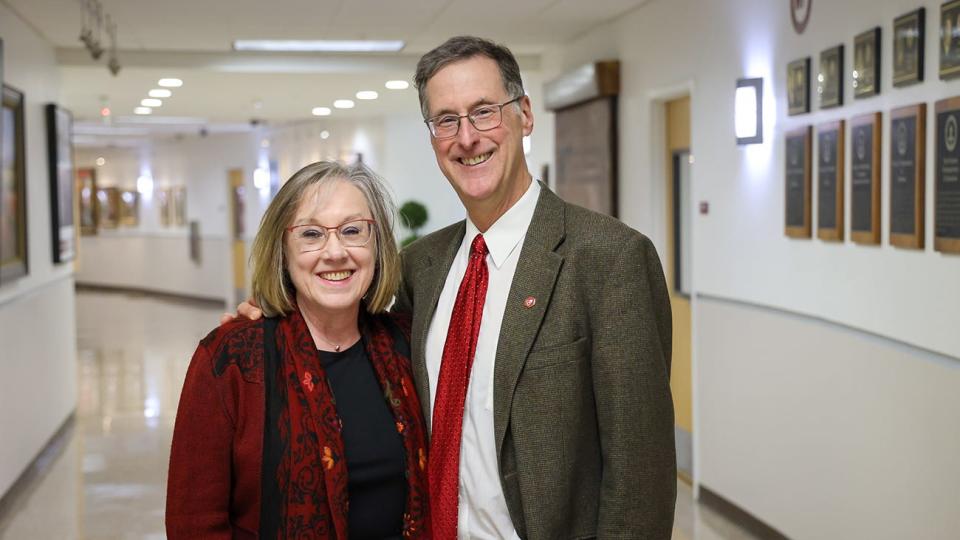
WT professor, wife set up endowment for scholarships, program support
CANYON — Gifts from a West Texas A&M University history professor and his recently retired wife will provide significant scholarship support for students in history and the arts.
Dr. Bruce Brasington, WT’s Twanna Caddell Powell Professor of History, and Darlene Brasington, former academic documentation coordinator for the Paul and Virginia Engler College of Business, have given $25,000 to establish the Brasington Family Scholarship Endowment for History and have set up a $500,000 bequest through the I Am WT Leaving a Legacy program.
“WT fosters individualized education where students aren’t just a number,” Bruce Brasington said. “I know that sounds trite, but I mean it. Students have a name here at WT, and those students make a difference because of WT. That’s who we’re helping with this gift.”
Legacy gifts can be set up through the Leaving a Legacy program in the form of wills, beneficiary designations, IRA charitable rollovers, charitable trusts and other avenues in order to magnify a donor’s philanthropic investments.
Half of the Brasingtons’ bequest is earmarked for the Department of History in WT’s Sybil B. Harrington College of Fine Arts. Fifty percent will be used for scholarships, prioritizing non-education history majors, particularly first generation students. Remaining funds will support faculty development, including travel, conference expenses, access to scholarly databases and more.
The other half will be set aside for both WT’s School of Music and the Department of Art, Theatre and Dance. Each area will receive significant scholarship funding, with preference given to first-generation students; remaining funds will be used for production expenses and faculty development.
The Brasingtons came to WT in the early 1990s when Bruce Brasington joined the history faculty. Darlene Brasington later earned her MBA at WT and began working at the University in 2019, retiring in January.
This article originally appeared on Amarillo Globe-News: Amarillo area Our Town briefs for Feb. 25, 2024

